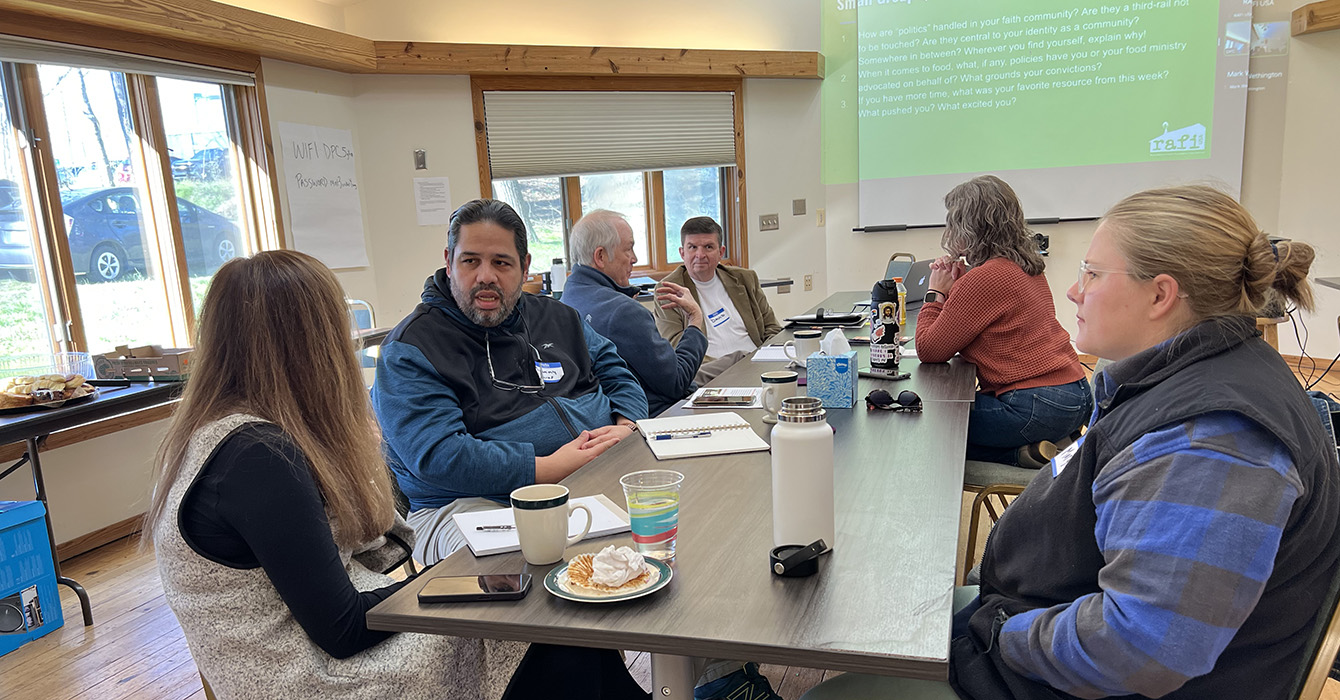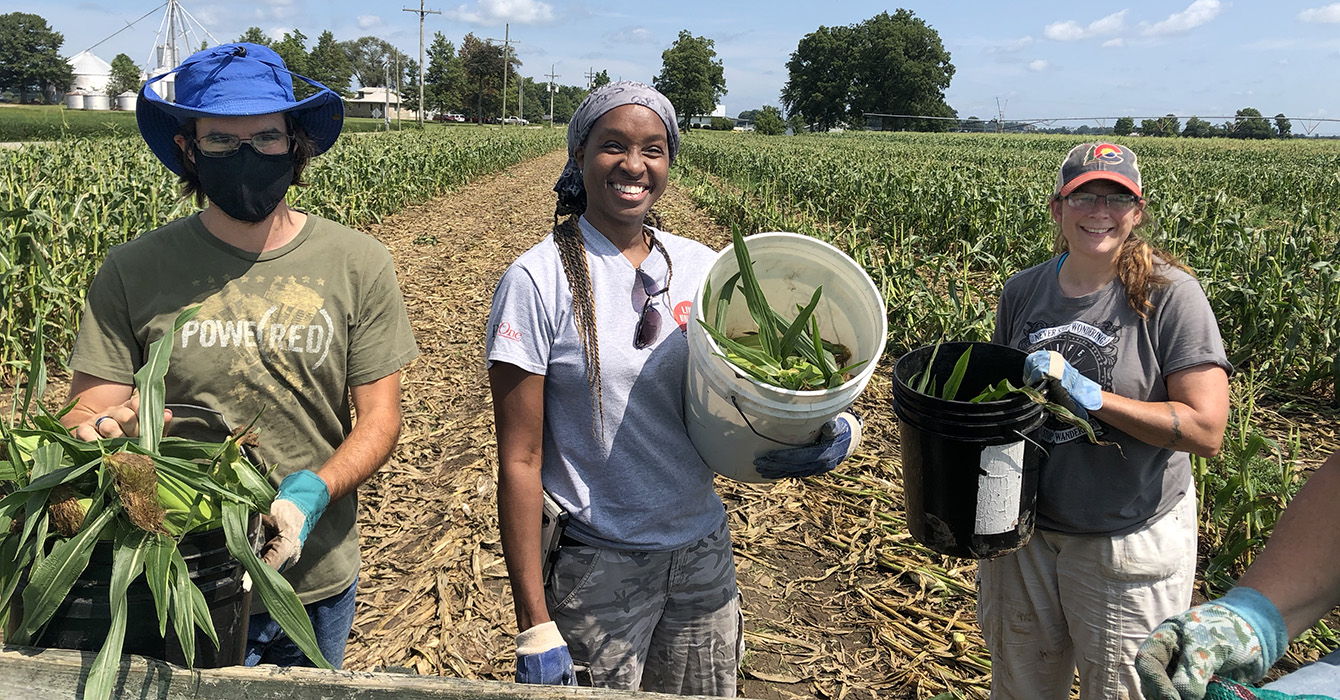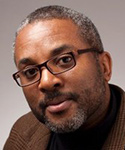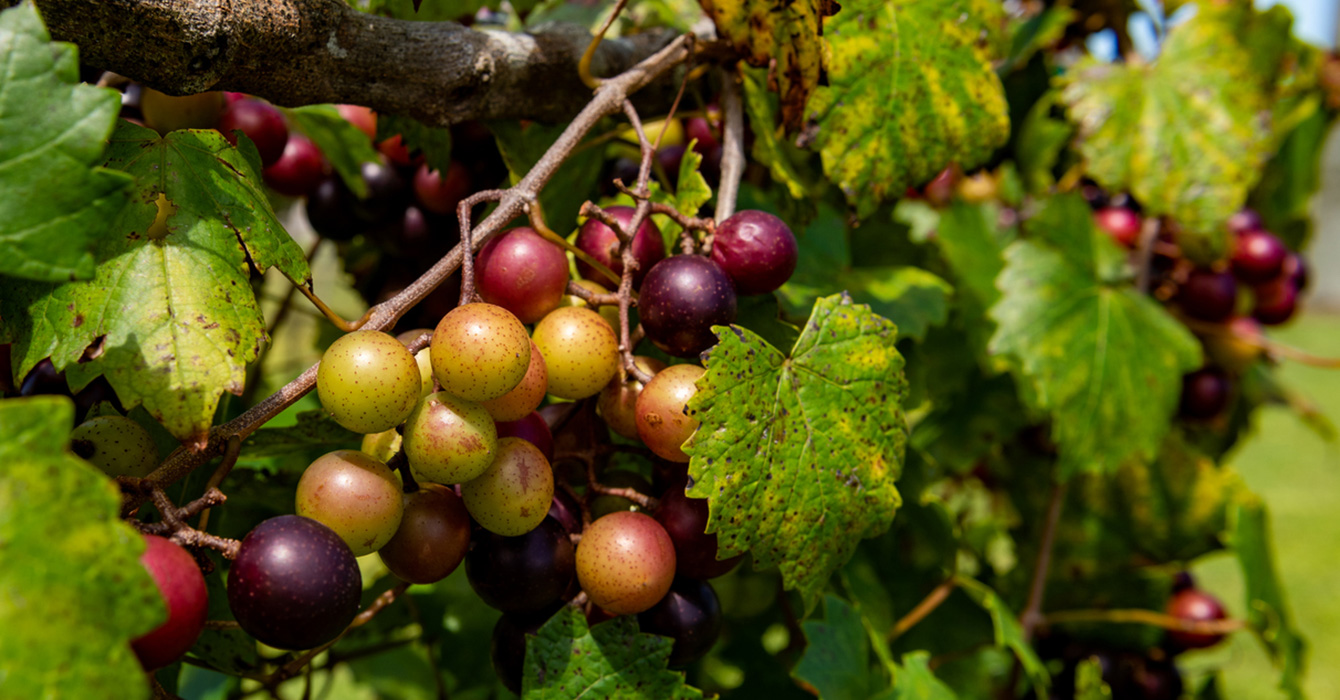Members of the tiny Episcopal Church of Our Saviour asked themselves this question eight years ago: If the church closed, would it be missed?
The answer, congregants sadly agreed, was no. They cast about for ideas to help the church connect with the surrounding neighorhood, eventually deciding to start a community garden as an outreach ministry. It was truly a leap of faith in 2003, well before the “eat local” craze and before Michelle Obama planted an organic garden on the White House lawn.
Church members chose the project for one simple reason: “We had no money,” said garden coordinator Becky Smith.
The only thing they had was land; the one-story brick church sits on four acres in Pleasant Grove, an older, lower-income neighborhood eight miles from the glittering skyline of downtown Dallas. And they had Smith, a lifelong gardener whose mother descended from sharecroppers in rural Arkansas.
Our Saviour members recall how amazed they were when crops from six 10-by-24-foot plots yielded more than 1,000 pounds of vegetables the first year. They donated the crops to a nearby food pantry, reversing the sense of irrelevance they’d had just a year earlier.
“They were just very down in the dumps,” said Suffragan Bishop Paul E. Lambert of the Episcopal Diocese of Dallas. “The next thing I know, they’ve got this garden out here.”
“It’s on a giant piece of property that if it’d been in another part of the city would’ve been sold and it’d be a Wal-Mart,” Lambert said, referring to the development boom going on in other parts of Dallas.
By the time Our Saviour’s garden reached the five-year mark, it had produced 11 tons for charity alone. With a partner agency, church gardeners quickly leveraged grant funding that helped them get tools, seeds, trees and other key equipment for expanding and sustaining the project.
Donations snowballed. They got a rainwater cistern and a roofed pavilion. Area Wal-Marts awarded a matching grant for a plant sale. JPMorgan Chase Bank donated picnic tables and money for fencing. Starbucks sponsored a plot.
As Thanksgiving approaches and the harvest season winds down, church members say that the total yield since the garden started is approaching 20 tons. (It likely would have passed that mark but for the severe drought this summer.) Regardless of the precise number, church members say they are amazed they’ve been able to grow so much just outside the church doors.
Sophia Brown, a longtime church member, said, “It’s awesome to see what God can do with a little bit of something.”
A testament to what can be done
On a recent cool autumn day, gardeners were eager to see what had survived the summer’s triple-digit heat and scorching drought. Mustard greens, peppers, long beans, okra and eggplant proved among the hardiest.
Pinkie White, a retiree, has a small plot that she has been tending for about three years. That makes her something of a veteran gardener.
“A lot of the people that were here at first, they got jobs and went on,” said White, who visits the garden about three times a week to water her greens, beets and Swiss chard.
It’s a fact of life -- particularly in the current economy -- that gardening takes a back seat to working, or looking for work. But new people continue to arrive to replace those who’ve left.
The garden has a Facebook fan page, but most people seem to find their way to Our Saviour’s garden by word-of-mouth. On a recent morning, one new volunteer said his mother suggested he visit after she read about it.
Another first-timer, Charles Shipp, said a friend referred him to Our Saviour because he knew Shipp had previously worked at a community garden in California.
On Tuesdays, the newcomers are invited to join regulars at a breakfast prepared by church members. The fellowship typically continues as they head out to the field to harvest.
Susan Balsam, who has been volunteering for about six months, read about Our Saviour’s garden in a supermarket flier and now drives across town from North Dallas to pull weeds, plant seeds and dig in the dirt.
“At first, I was kind of scared to drive out there,” she said. “I wasn’t aware of that part of town.”
Even some longtime Pleasant Grove residents say they were surprised to see a garden spring up in their neighborhood.
“I was just like, ‘What is this out here in the Grove?’” said Patricia Guynn, who lives about a mile away. The first time she noticed the garden while driving by, she pulled over to check it out. She now comes back to visit.
Recently, she brought her son Benjamin, who said the garden is a visible sign that Pleasant Grove is home to many good families.
“We have a bad rap,” he said. “A lot of people are afraid to come out in this area.”
But they said they’re glad to see a community project develop, particularly when it benefits neighbors.
“This is awesome,” Patricia Guynn said. “It’s a testament to what can be done.”
Connecting with neighbors
In some ways, Our Saviour’s garden is an indirect response to the Episcopal Diocese of Dallas’ church planting program. The diocese’s strategic plan calls for creation of new churches aimed at capturing some of the explosive population growth in Dallas/Fort Worth, which has been one of the fastest-growing metropolitan areas in the country in recent years.
While new residents have accelerated the growth in North Dallas and its suburbs, older neighborhoods like Pleasant Grove have struggled. First settled in the 1840s, the Pleasant Grove area exploded with new homes between 1943 and 1952, according to the Handbook of Texas Online.
But development since then has been scant. Although the area is ethnically diverse, the population is more transient now, making it difficult to grow the size of church membership.
But at Our Saviour, church members decided they could “grow” their church by forging stronger connections with their neighbors, many of whom seemed to be barely scraping along. Back in 2003, they considered a range of ideas, including opening a day care.
Their decision to start a community garden is now part of a growing trend, because the work and the yield provide so many benefits, both tangible and spiritual. People are increasingly drawn to the idea of eating nutritious food, and most find a deeper connection to their communities when they work on a joint project.
“Jesus was in the food business, and I think it’s time for Christians to be in the food business, too,” said Norman Wirzba, a theology professor at Duke Divinity School. He is an interdisciplinary specialist who has focused his teaching and research on the overlap betweentheology, philosophy, ecology and agrarian and environmental studies. His most recent book is “Food and Faith: A Theology of Eating.”
Questions to consider
Questions to consider:
- Our Saviour's “deficits,” such as being in a poor neighborhood, helped make the garden possible. If you viewed your organization's weaknesses differently, how might they contain seeds for future success?
- What are the most pressing needs and hungers of the neighborhood surrounding your church? What could you offer to satisfy those needs?
- Our Saviour’s garden has not yet yielded a harvest of new members. So, has the program been successful? In what ways?
- Would your church be missed if it closed? By whom? Why?
There is -- or can be -- a spiritual dimension to gardening, particularly when the goal is growing sustenance for others, Wirzba said. The Bible itself is replete with references to God as a gardener. People who take up gardening often find not only find an increased awareness of food production but also a heightened connection to the seasons of the natural world, and beyond.
But in Dallas in 2003, the trend hadn’t really caught on. Our Saviour’s garden idea was sparked by a presentation by Don Lambert, who had visited the church a year or so before the garden outreach began. Lambert, who was once called “the acknowledged dean of the community garden movement in Dallas,” is a former Peace Corps volunteer and Berkeley-trained anthropologist.
He had helped develop gardens for Asian refugee families who settled in Dallas in the late 1980s and had been trying for years to interest churches and other organizations in starting their own community gardens. But he had met with resistance from homeowner associations, elected officials and city staff, some of whom worried that community gardens would be unsightly and hard to regulate. Lambert, a former city parks employee, suspects the garden concept seemed too left-wing for red-state Texas.
“Implementing it here is very tough,” Lambert said. “The local culture. The inertia. Local community associations haven’t seen gardens as anything they want in their neighborhoods.”
Against this backdrop, Our Saviour launched its roadside garden with help from Lambert and his nonprofit, Gardeners in Community Development, which provided crucial technical assistance on starting and maintaining the garden.
Because Our Saviour was built on church property, gardeners were able to sidestep many of the regulations from City Hall.
But some church members did have concerns. They wondered whether the gardeners would track a trail of mud and debris into the church. They were a little concerned about having so many strangers visiting at one time. And they wondered whether irrigation costs would burden the water bill.
The garden started with 20 small plots, six of which were set aside for growing donated food. Others were tended by individuals or families who wanted to grow their own food. Lambert gave advice about how to keep things going with an ever-shifting workforce of Boy Scout troops and other volunteers.
“He usually knows (what we need) before we know to ask,” said Smith, the indefatigable garden coordinator.
Although Smith has been a catalyst within the church, as well as the garden, she said anyone could coordinate the garden. “It doesn’t have to be me doing it.”
For the most part, the congregation’s worries have been laid to rest. Not only has the original garden grown in size, but gardeners have tried their hand with a worm farm, a beehive for honey and an orchard with fruit trees.
The church still operates some plots specifically to grow food for charity, as well as designating some for individuals who want to grow their own food.
A new measure of success
The garden has increased traffic at Our Saviour, although it has not added to the thin ranks on Sundays. Some weeks, just 10 families attend.
But the gardeners say they measure their success by the many people who’ve been touched in one form or another. There are the people who tend their own small plots, plus a cast of volunteers that includes countless Boy Scout troops, students, interns, civic clubs and neighbors. And now there are other parishes that want to replicate Our Saviour’s model.
“It’s just amazing what this small group of people has done,” said Paul Lambert, the suffragan bishop. “Now you have churches 15 to 20 times the size of them coming to them for information.”
And then there are the needy in Pleasant Grove, who recently lined up outside a food pantry even as the gardeners were pulling produce from the ground and shaking the dirt off the plants less than a mile away.
Balsam, the volunteer who commutes from North Dallas, said it’s gratifying to know that the food is going directly to people who need it.
“They’re really lucky, that particular food bank,” she said. “I’ve been to other food banks and they have no fresh produce, or it’s rotting. This is just-picked, and it’s organic.”
One food pantry client, Alice King, 55, lost her job 14 months ago. She brightened at the sight of the fresh produce after spotting it amid the cereal, rice and other food pantry staples.
“I love veggies,” she said. “These will be a meal for me all week.”
Before she left the parking lot, King had menus in mind.
For the greens, “I already know. I’m going to boil them. The peas, I know I’ll shell them and freeze them until I need them. The eggplant, I’m not really sure. She said you can cook it like you do squash. I had never tried it before.”
That’s why the garden ministry is considered a resounding success, regardless of whether it boosts church membership. If Our Saviour disappeared today, it’s plain that the garden ministry would indeed be missed.













